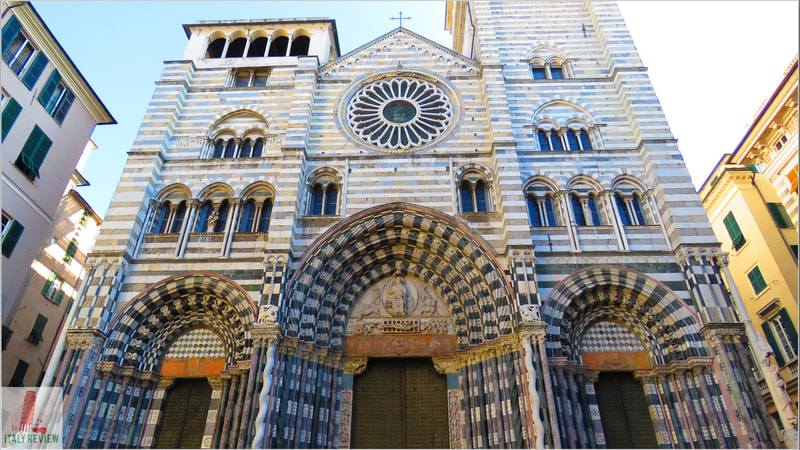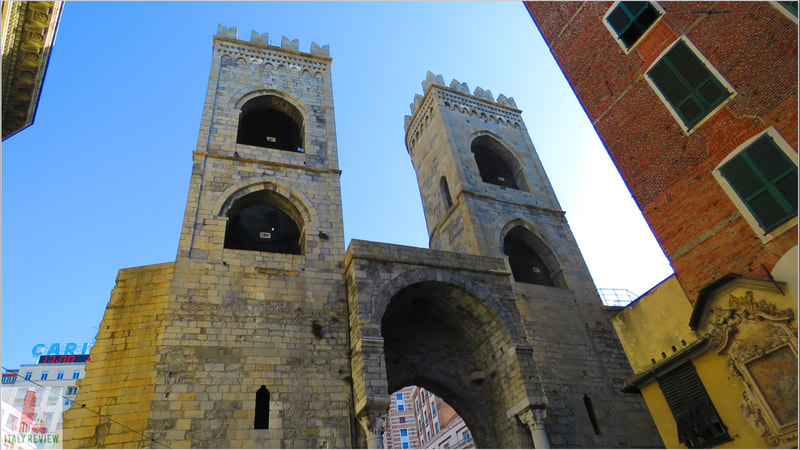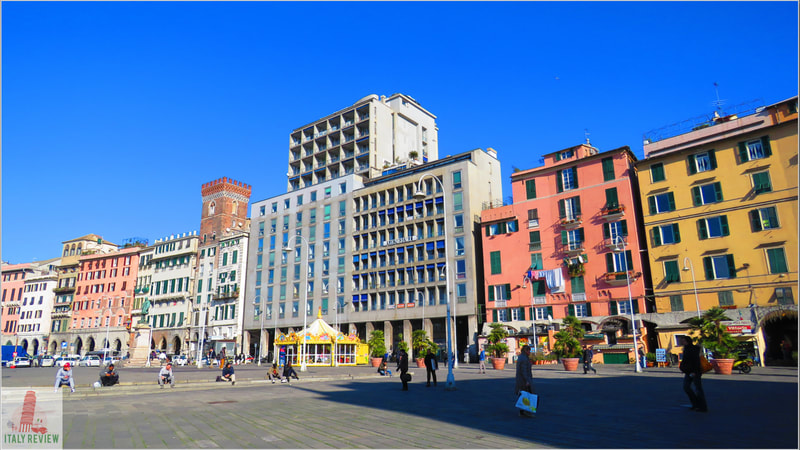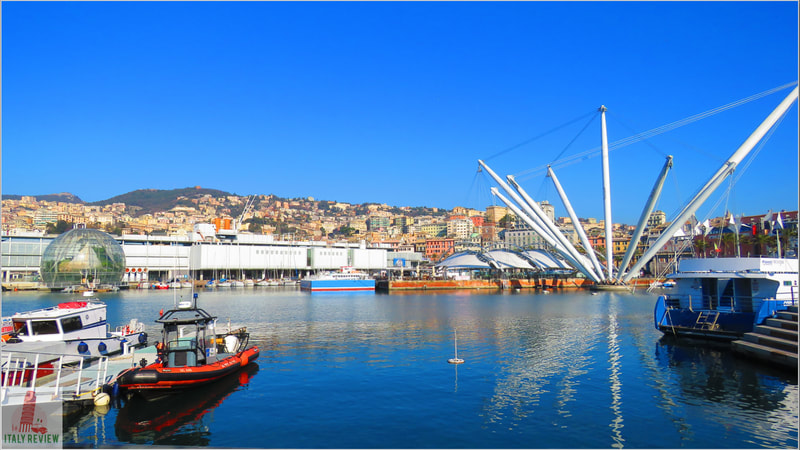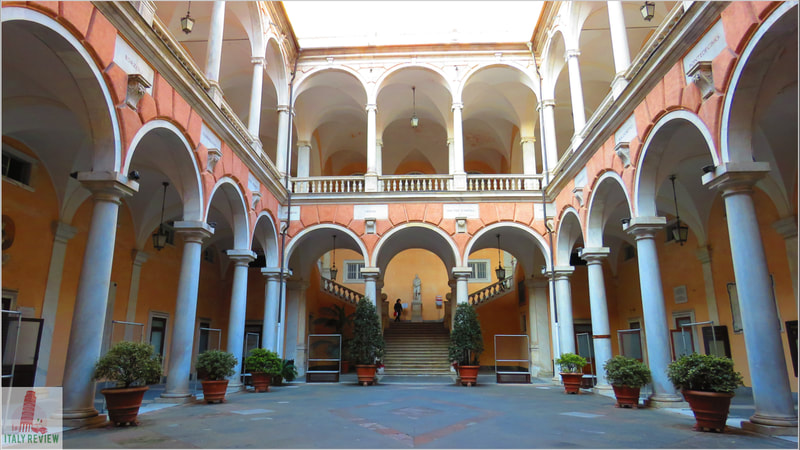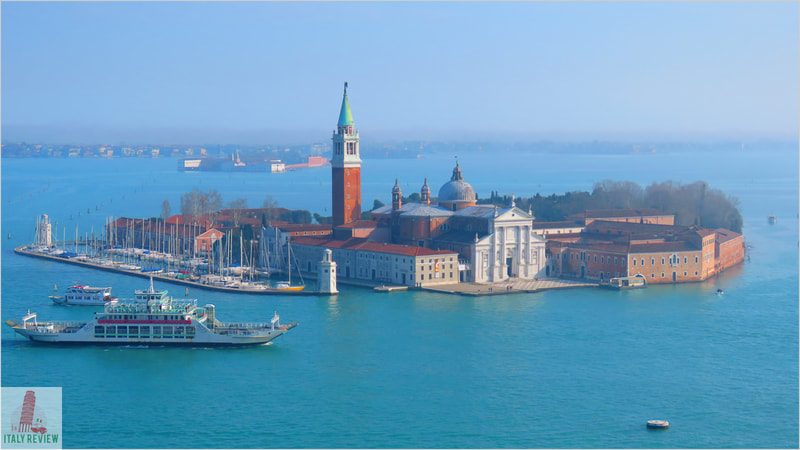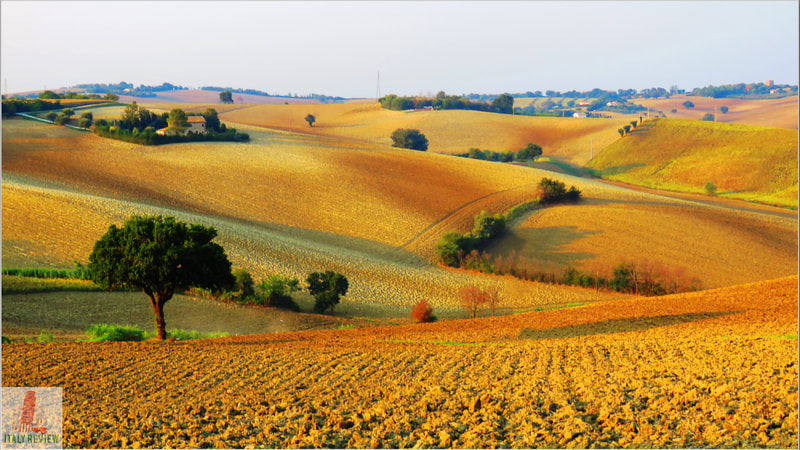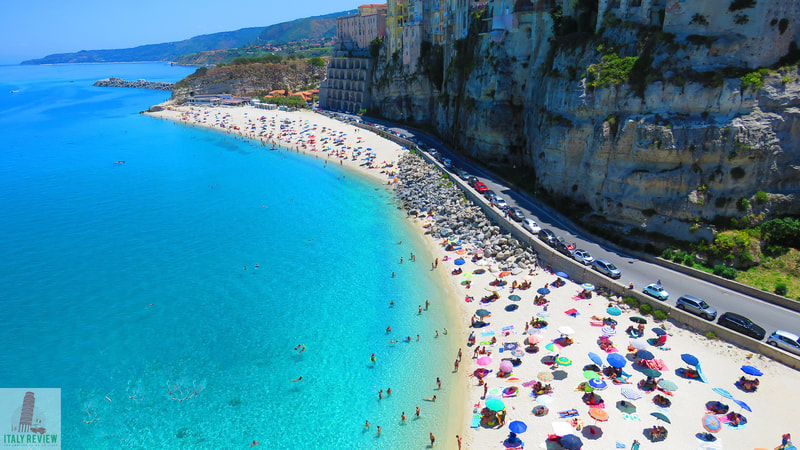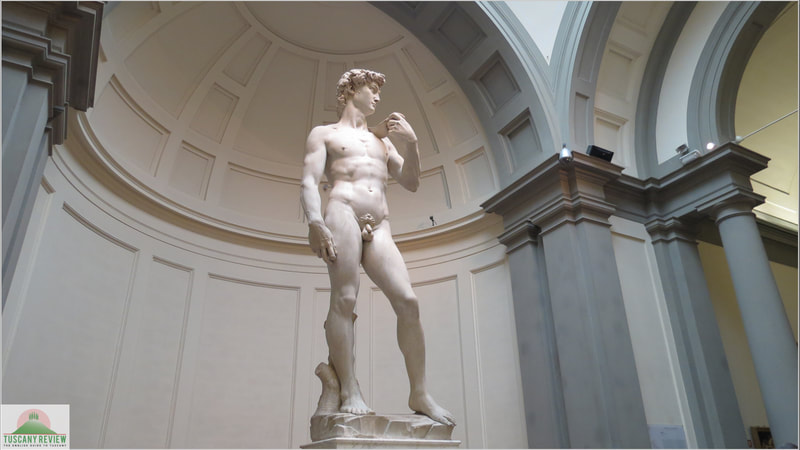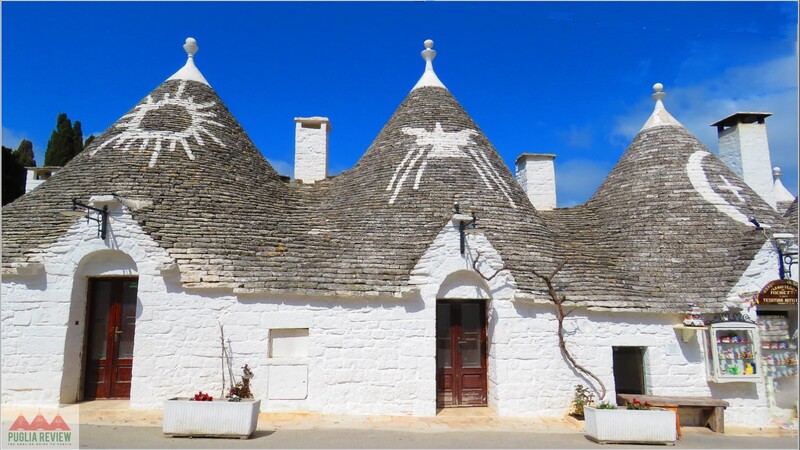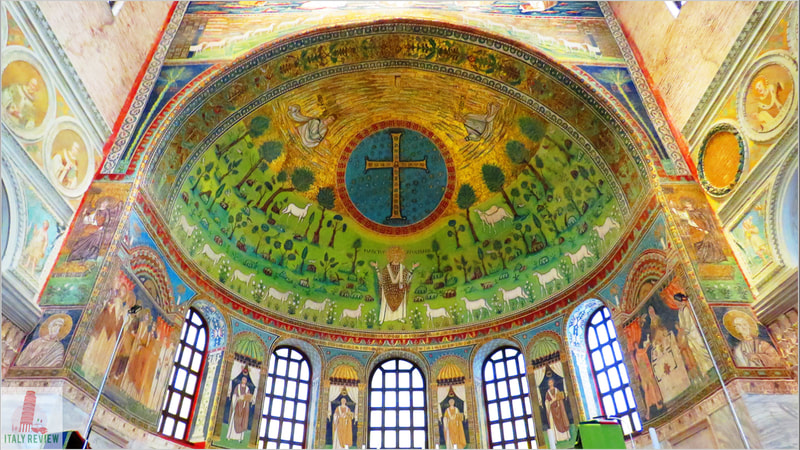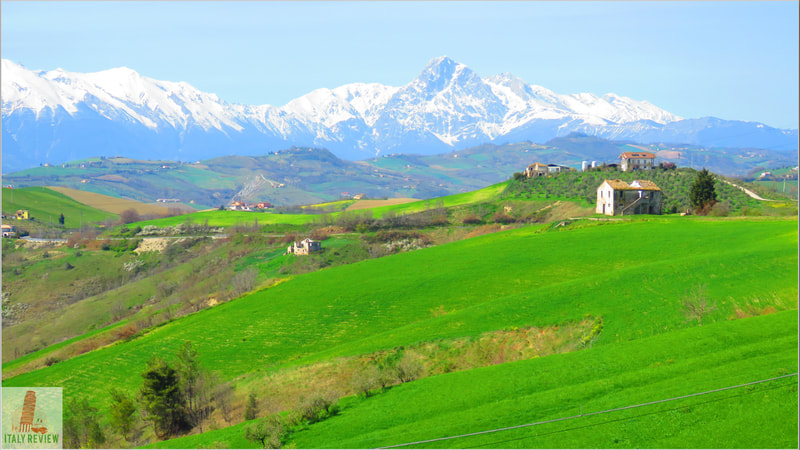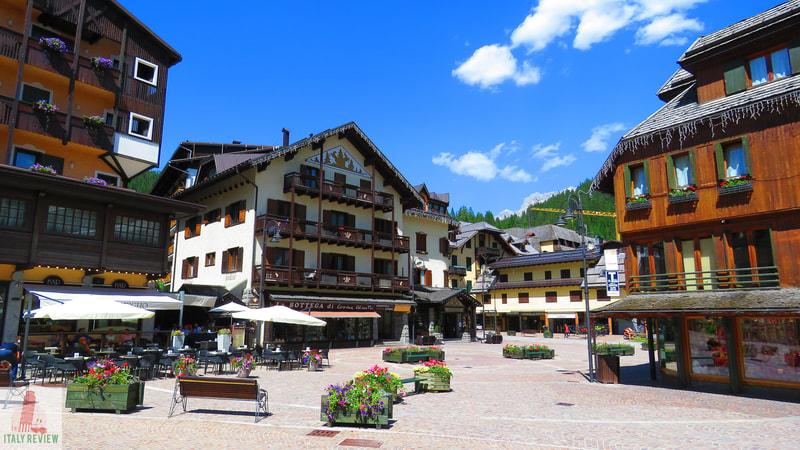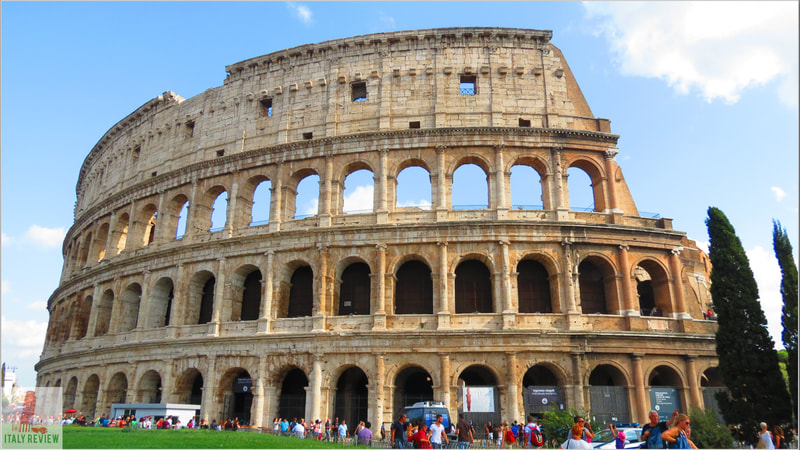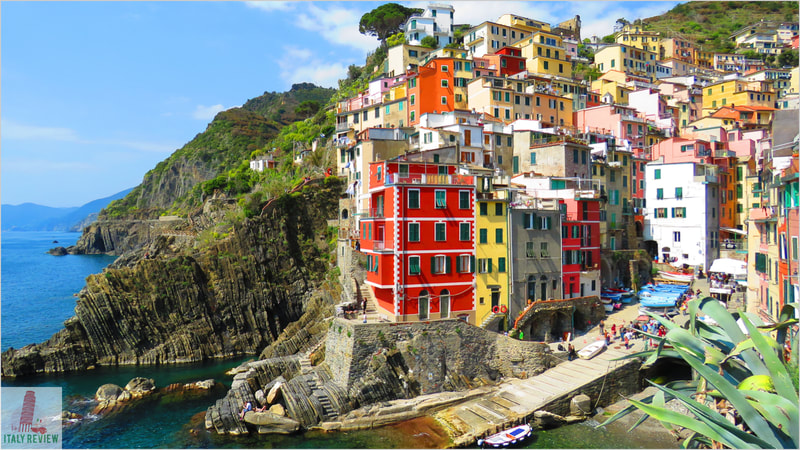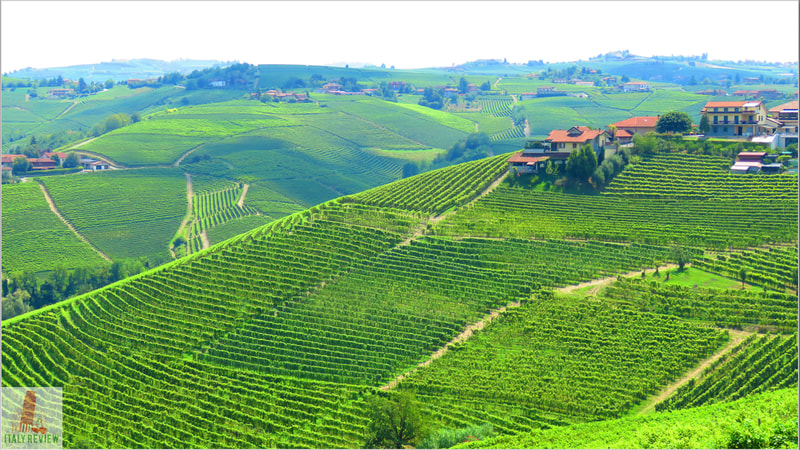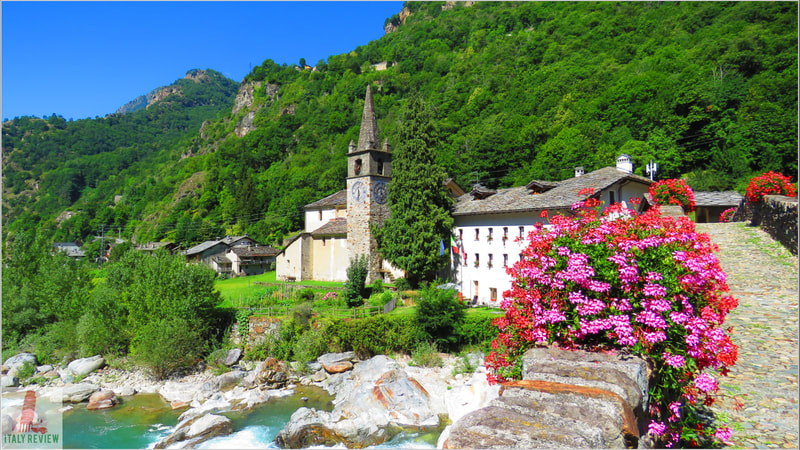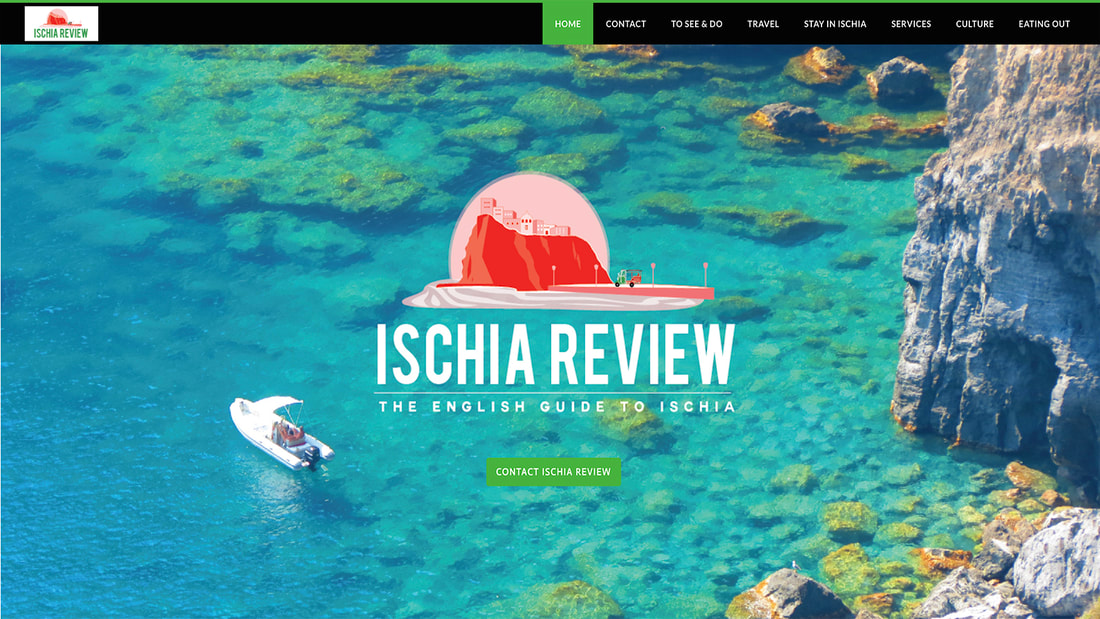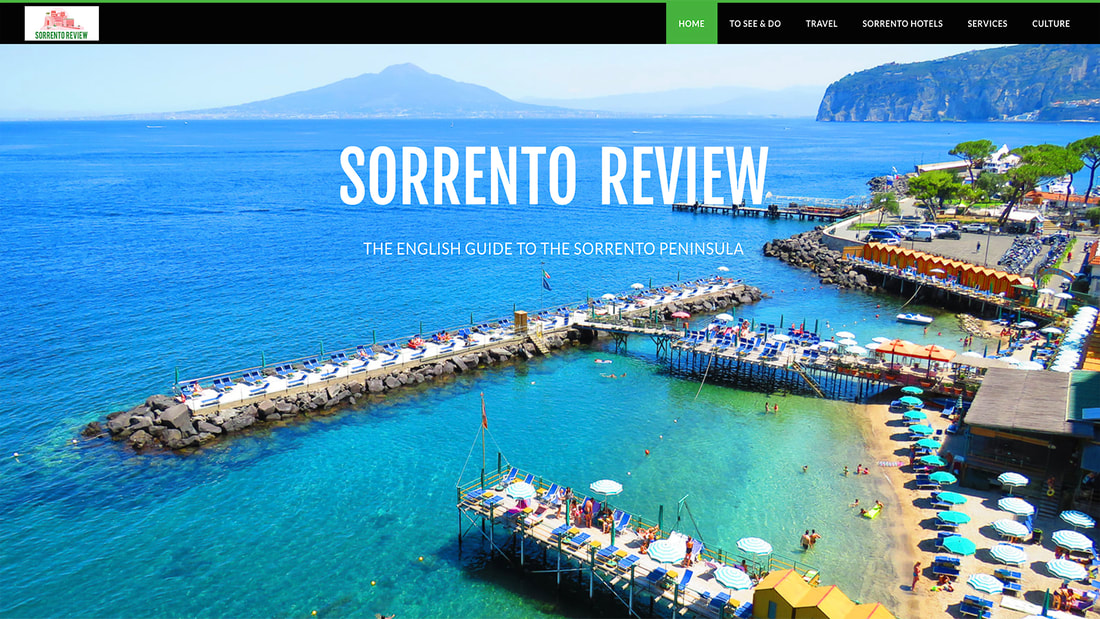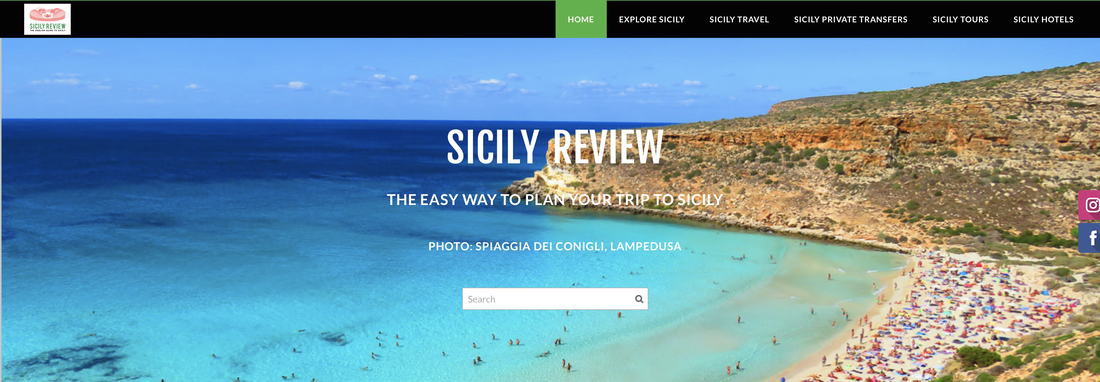Genoa
|
Latest update: 15 February 2024
|
By Dion Protani
|
|
The birthplace of Christopher Columbus and once known as "La Superba"; Genoa is a city whose distinguished history has been shaped by the Ligurian Sea upon whose shores it sits.
Genoa's origins can be traced back as far as the 4th century BC, its name deriving from a Latin word for "door", but it was during medieval times that it first came to prominence in global terms. At the start of the 12th century Genoa's "Golden Age" began, when it would become a powerful maritime republic. |
Related links
Genoa: La Superba of Columbus
Genoa, the capital of Liguria and Italy's largest port city, boasts a rich maritime history, stunning architecture, and vibrant cultural scene. Its historic center, a maze of narrow alleyways known as "caruggi," is a UNESCO World Heritage Site, showcasing medieval and Renaissance architecture. The city's symbol, the Palazzo Ducale, once the seat of the Doges of Genoa, stands majestically in the heart of the old town.
The Porto Antico (Old Port) area has been transformed into a bustling waterfront district featuring attractions like the Aquarium of Genoa, one of Europe's largest aquariums, and the iconic Bigo Panoramic Lift, offering panoramic views of the city and harbor. The picturesque Via Garibaldi, lined with majestic palaces dating back to the Renaissance, is another must-see.
Genoa's rich cultural heritage is also reflected in its numerous museums, including the Galata Maritime Museum and the Palazzo Rosso, showcasing an impressive collection of art and artifacts. Food enthusiasts will delight in the city's culinary scene, with its famous focaccia, pesto, and fresh seafood.
For outdoor enthusiasts, the nearby Ligurian coastline offers stunning beaches, scenic hiking trails, and charming seaside villages such as Portofino and Cinque Terre, easily accessible by train or boat. With its unique blend of history, culture, and natural beauty, Genoa promises an unforgettable experience for visitors.
The Porto Antico (Old Port) area has been transformed into a bustling waterfront district featuring attractions like the Aquarium of Genoa, one of Europe's largest aquariums, and the iconic Bigo Panoramic Lift, offering panoramic views of the city and harbor. The picturesque Via Garibaldi, lined with majestic palaces dating back to the Renaissance, is another must-see.
Genoa's rich cultural heritage is also reflected in its numerous museums, including the Galata Maritime Museum and the Palazzo Rosso, showcasing an impressive collection of art and artifacts. Food enthusiasts will delight in the city's culinary scene, with its famous focaccia, pesto, and fresh seafood.
For outdoor enthusiasts, the nearby Ligurian coastline offers stunning beaches, scenic hiking trails, and charming seaside villages such as Portofino and Cinque Terre, easily accessible by train or boat. With its unique blend of history, culture, and natural beauty, Genoa promises an unforgettable experience for visitors.
Comune di Genova
|
Province: Metropolitan City of Genoa
Region: capital of Liguria Population: 561,203 (source: ISTAT 1 January 2023) Size: 243 km² Top sights: Genoa Cathedral, Palazzo Rosso, Porto Antico Close by: Camogli, Portofino, Rapallo, Santa Margherita Ligure Recommended accommodation: Hotel de Ville |
UNESCO World Heritage Site
Genoa: Le Strade Nuove and the system of the Palazzi dei Rolli
Year: 2006
Genoa: Le Strade Nuove and the system of the Palazzi dei Rolli
Year: 2006
What are the most popular tours and activities in Genoa?
- Genoa Old Town Walking Tour: Explore the historic heart of Genoa, including the narrow alleyways of the Old Town, Piazza De Ferrari, and the stunning Genoa Cathedral.
- Portofino Day Trip: Sail along the Ligurian coast to the picturesque fishing village of Portofino, renowned for its colorful buildings, scenic harbor, and upscale boutiques.
- Genoa Street Food Tour: Sample local delicacies such as focaccia, farinata, and freshly caught seafood on a guided street food tour through the vibrant streets of Genoa.
- Genoa Aquarium Visit: Discover the marine life of the Ligurian Sea at the Genoa Aquarium, one of Europe's largest aquariums, featuring a vast array of marine species and habitats.
- Cinque Terre Hiking Tour: Embark on a guided hiking tour through the scenic trails of the Cinque Terre, a UNESCO World Heritage Site known for its charming seaside villages and breathtaking coastal scenery.
- Genoa Segway Tour: Glide through the streets of Genoa on a Segway tour, covering more ground and seeing highlights such as the Palazzo Ducale and the historic Porto Antico.
- Genoa Food and Wine Tour: Indulge in the culinary delights of Genoa on a food and wine tour, sampling local specialties like pesto, trofie pasta, and Ligurian wines.
- Genoa Maritime Museum Visit: Learn about Genoa's rich maritime history at the Galata Maritime Museum, featuring exhibits on shipbuilding, navigation, and exploration.
- Day Trip to Portovenere and Cinque Terre: Explore the charming seaside town of Portovenere and the stunning landscapes of the Cinque Terre on a full-day excursion from Genoa.
- Genoa Art Tour: Immerse yourself in Genoa's vibrant art scene with a guided tour of its museums and galleries, including the Palazzo Rosso, Palazzo Bianco, and Palazzo Spinola.
Genoa Gallery
Genoa in-depth
Sightseeing Genoa
Centro Storico
The Centro Storico (historic centre) of Genoa is the largest medieval centre in Europe and home to some of the city's main sights such as San Lorenzo Cathedral, the Palazzo Ducale and the beautiful Chiesa del Gesù. For many people, the Piazza de Ferrari is the real centre of the city and from here you're just a short walk from the more modern streets such as Via XX Settembre with its porticoed shopping areas where you'll find some of the city's best cafès.
The area close to the port with its tangle of tight, narrow streets known as "carruggi" is where you can really feel the everyday atmosphere of the city. So close to each other are the buildings on either side of the streets that they feel almost as if they're on top of one another which really adds to a feeling of hustle and bustle, further heightened by the presence of markets, shops, bars and restaurants.
Porto Antico
The Porto Antico is a much wider, more open space with its Piazza Caricamento; from this square you can visit the many sights of the port including La Lanterna, a medieval lighthouse which is the symbol of Genoa, or many of the city's new icons built by Renzo Piano such as the world-famous Aquarium, the adjoining Biosphere or the 60 metre high revolving panoramic lift known as "Il Bigo"; its huge white masts representing Genoa's maritime heritage. You can also go back in time and visit a full-size reproduction of a 17th century galleon, "Galeone Neptune".
Le Strade Nuove
The most important streets of Le Strade Nuove to which (along with the system of the Palazzi dei Rolli) Genoa has owed its inscription as a UNESCO World Heritage Site since 2006, are Via Garibaldi, Via Balbi and Via Cairoli. Within these streets you'll find a series of grand Palazzi from the 16th and 17th centuries, prominent among which is the Palazzo Rosso a huge museum and art gallery. There are also some beautiful churches close by such as the Chiesa di San Siro.
Centro Storico
The Centro Storico (historic centre) of Genoa is the largest medieval centre in Europe and home to some of the city's main sights such as San Lorenzo Cathedral, the Palazzo Ducale and the beautiful Chiesa del Gesù. For many people, the Piazza de Ferrari is the real centre of the city and from here you're just a short walk from the more modern streets such as Via XX Settembre with its porticoed shopping areas where you'll find some of the city's best cafès.
The area close to the port with its tangle of tight, narrow streets known as "carruggi" is where you can really feel the everyday atmosphere of the city. So close to each other are the buildings on either side of the streets that they feel almost as if they're on top of one another which really adds to a feeling of hustle and bustle, further heightened by the presence of markets, shops, bars and restaurants.
Porto Antico
The Porto Antico is a much wider, more open space with its Piazza Caricamento; from this square you can visit the many sights of the port including La Lanterna, a medieval lighthouse which is the symbol of Genoa, or many of the city's new icons built by Renzo Piano such as the world-famous Aquarium, the adjoining Biosphere or the 60 metre high revolving panoramic lift known as "Il Bigo"; its huge white masts representing Genoa's maritime heritage. You can also go back in time and visit a full-size reproduction of a 17th century galleon, "Galeone Neptune".
Le Strade Nuove
The most important streets of Le Strade Nuove to which (along with the system of the Palazzi dei Rolli) Genoa has owed its inscription as a UNESCO World Heritage Site since 2006, are Via Garibaldi, Via Balbi and Via Cairoli. Within these streets you'll find a series of grand Palazzi from the 16th and 17th centuries, prominent among which is the Palazzo Rosso a huge museum and art gallery. There are also some beautiful churches close by such as the Chiesa di San Siro.
History of Genoa
Medieval Genoa: from the Silk Roads to conflict with Venice
Genoa sought trade with the east along the Silk Roads and battled for naval supremacy against rival republics such as Venice, Pisa and Amalfi. The Genoese also played an active role in the Crusades, in the process building strategic alliances in an attempt to see off their rivals. Despite some significant military successes such as the Battle of Meloria in 1284 where the Genoese navy destroyed the Pisan fleet, and the Battle of Curzola in 1298 where they inflicted a resounding defeat on the Venetians, later reverses against Venice at Pola in Croatia and Chioggia (Veneto) in 1380, marked the beginning of a gradual decline in Genoa's fortunes and particularly its military prowess.
From the Republic of Genoa to the Risorgimento
The medieval period closed with Genoa establishing itself more upon financial rather than martial success with the emergence of the San Giorgio banking syndicate. Soon after the birth of the Republic of Genoa in 1522 one of the city's favourite sons, Andrea Doria, came to power. Later years saw conflict with Piedmont, France and Austria with Genoa's independence eventually ending in 1815 when it became part of the Kingdom of Sardinia.
Later still, Genoa played an important role in the Risorgimento (the period of Italian unification); not only was it the birthplace of one of the Risorgimento's chief protagonists, Giuseppe Mazzini, but perhaps more significantly it was the place from which Garibaldi led his "Thousand" to help the uprising in Sicily, the first major stepping stone along the road to eventual unification.
20th century Genoa to the present day
During World War Two Genoa saw heavy bombardment which lay waste to much of the city; heralding a period of serious decline. After many years of suffering there was eventually a glimmer of hope in 1992: the 500 year anniversary of Columbus' discovery of America; a period of heavy investment which saw the redevelopment of areas like the port with locally-born and world-famous architect, Renzo Piano, instrumental in its design.
Further investment occurred in the lead up to 2004 when Genoa was the European City of Culture, providing a boost to tourism and a legacy which continues today.
Genoa suffered a tragedy that captured the world's attention on Tuesday 14 August 2018: without warning, the Ponte Morandi bridge which was a vital cog in the local transport infrastructure collapsed and killed 43 people.
Medieval Genoa: from the Silk Roads to conflict with Venice
Genoa sought trade with the east along the Silk Roads and battled for naval supremacy against rival republics such as Venice, Pisa and Amalfi. The Genoese also played an active role in the Crusades, in the process building strategic alliances in an attempt to see off their rivals. Despite some significant military successes such as the Battle of Meloria in 1284 where the Genoese navy destroyed the Pisan fleet, and the Battle of Curzola in 1298 where they inflicted a resounding defeat on the Venetians, later reverses against Venice at Pola in Croatia and Chioggia (Veneto) in 1380, marked the beginning of a gradual decline in Genoa's fortunes and particularly its military prowess.
From the Republic of Genoa to the Risorgimento
The medieval period closed with Genoa establishing itself more upon financial rather than martial success with the emergence of the San Giorgio banking syndicate. Soon after the birth of the Republic of Genoa in 1522 one of the city's favourite sons, Andrea Doria, came to power. Later years saw conflict with Piedmont, France and Austria with Genoa's independence eventually ending in 1815 when it became part of the Kingdom of Sardinia.
Later still, Genoa played an important role in the Risorgimento (the period of Italian unification); not only was it the birthplace of one of the Risorgimento's chief protagonists, Giuseppe Mazzini, but perhaps more significantly it was the place from which Garibaldi led his "Thousand" to help the uprising in Sicily, the first major stepping stone along the road to eventual unification.
20th century Genoa to the present day
During World War Two Genoa saw heavy bombardment which lay waste to much of the city; heralding a period of serious decline. After many years of suffering there was eventually a glimmer of hope in 1992: the 500 year anniversary of Columbus' discovery of America; a period of heavy investment which saw the redevelopment of areas like the port with locally-born and world-famous architect, Renzo Piano, instrumental in its design.
Further investment occurred in the lead up to 2004 when Genoa was the European City of Culture, providing a boost to tourism and a legacy which continues today.
Genoa suffered a tragedy that captured the world's attention on Tuesday 14 August 2018: without warning, the Ponte Morandi bridge which was a vital cog in the local transport infrastructure collapsed and killed 43 people.
Genoa Travel
Genoa is one of the best connected cities in Italy in terms of transport options: it has its own international airport (Aeroporto Cristoforo Colombo) just 10 km from the city centre and reachable by train in 25 minutes.
There are two main train stations allowing easy passage to Italy's other major cities but also to the beautiful inland and coastal areas of Liguria; despite the tragic bridge collapse of 2018, the city is also well-served by motorways with Nice in France just over 2 hours away.
By sea you can sail to and from Sicily, Sardinia and Corsica or occasionally to Barcelona in Spain. Getting around the city is helped by trams, a metro system, buses and funicular railways but it's not too big that you can't walk to all of the main sights.
There are two main train stations allowing easy passage to Italy's other major cities but also to the beautiful inland and coastal areas of Liguria; despite the tragic bridge collapse of 2018, the city is also well-served by motorways with Nice in France just over 2 hours away.
By sea you can sail to and from Sicily, Sardinia and Corsica or occasionally to Barcelona in Spain. Getting around the city is helped by trams, a metro system, buses and funicular railways but it's not too big that you can't walk to all of the main sights.
|
Fly to: Genoa Christopher Columbus Airport - 16 minutes (10 km)
Main train stations: Stazione Principe and Stazione Brignole |

